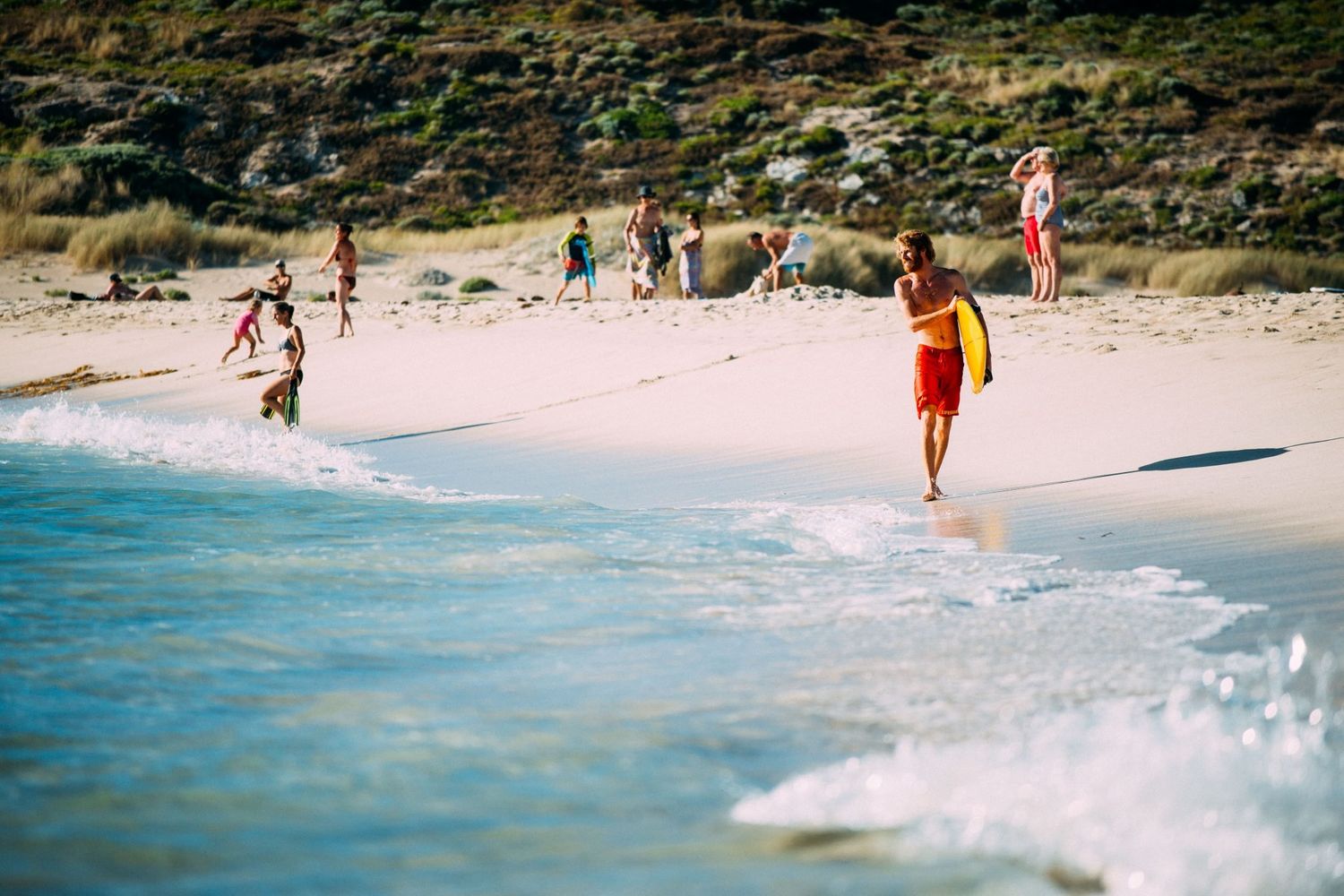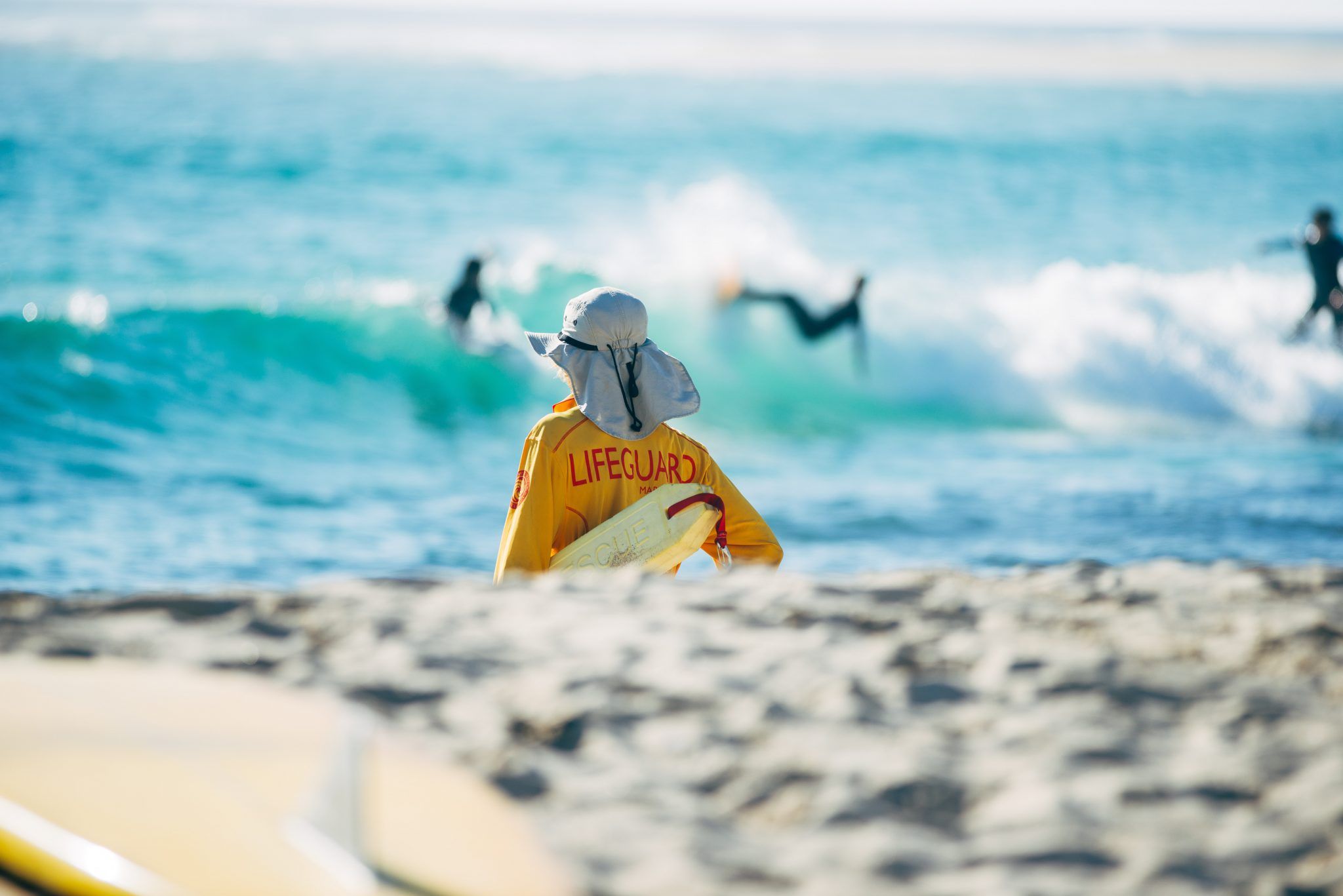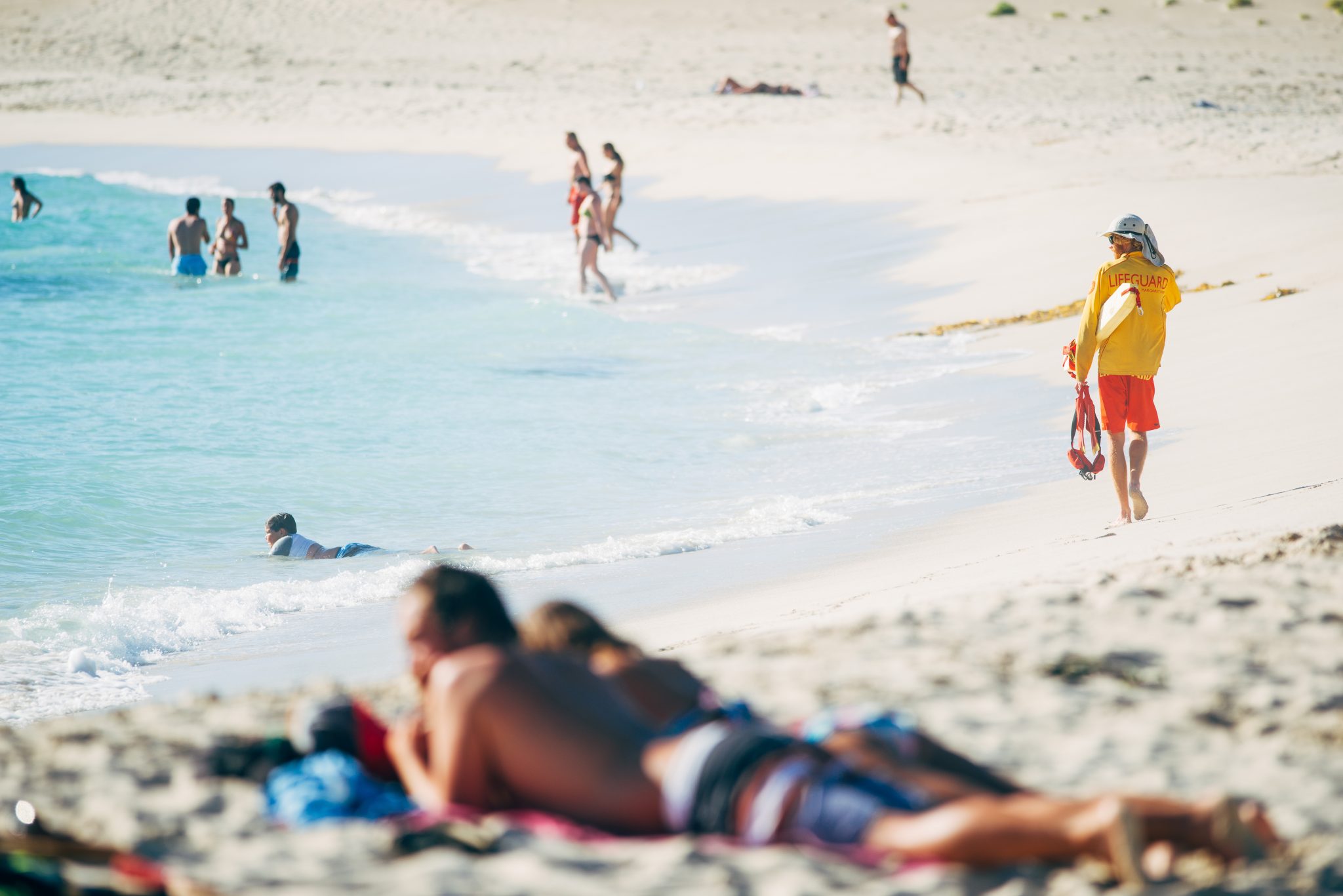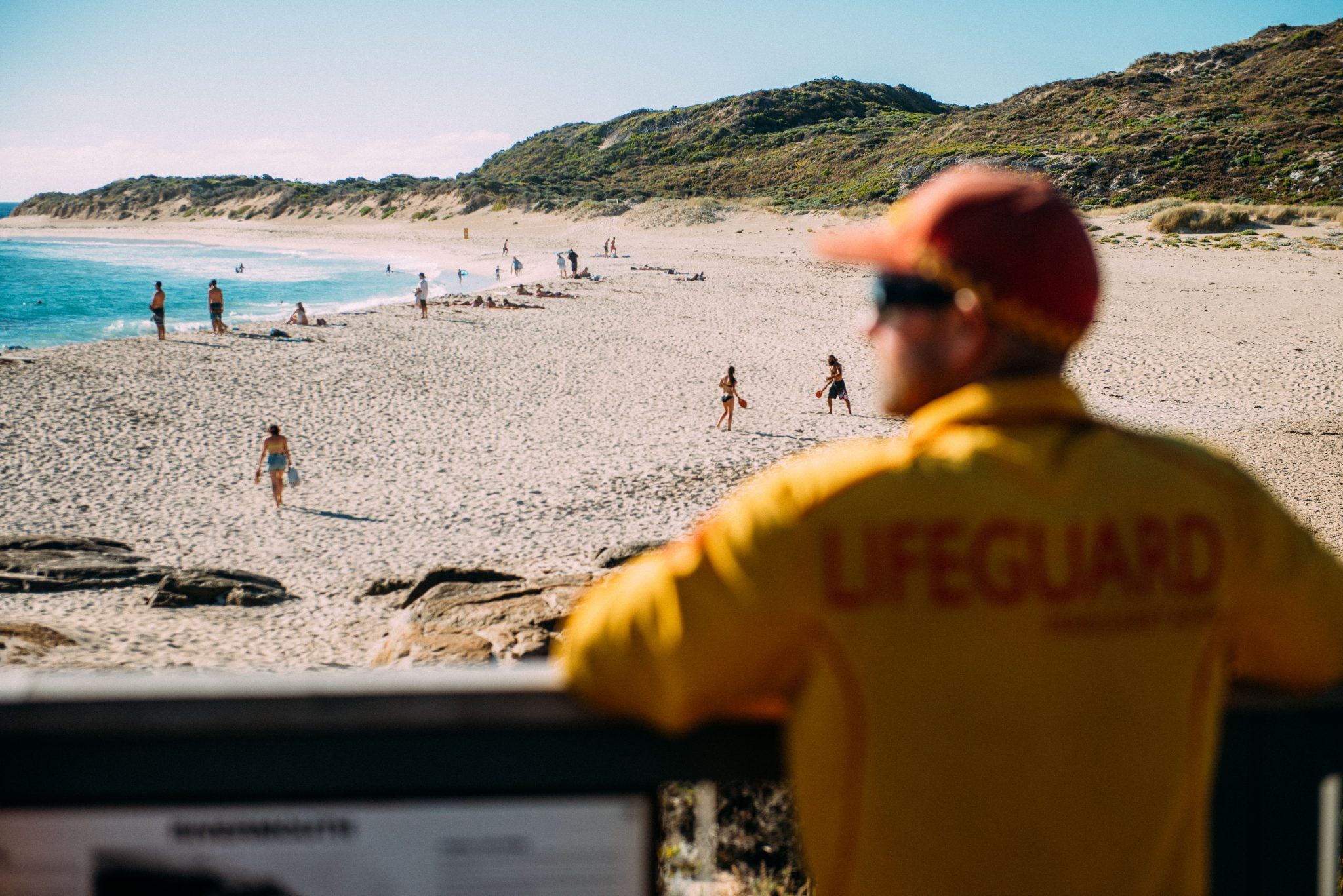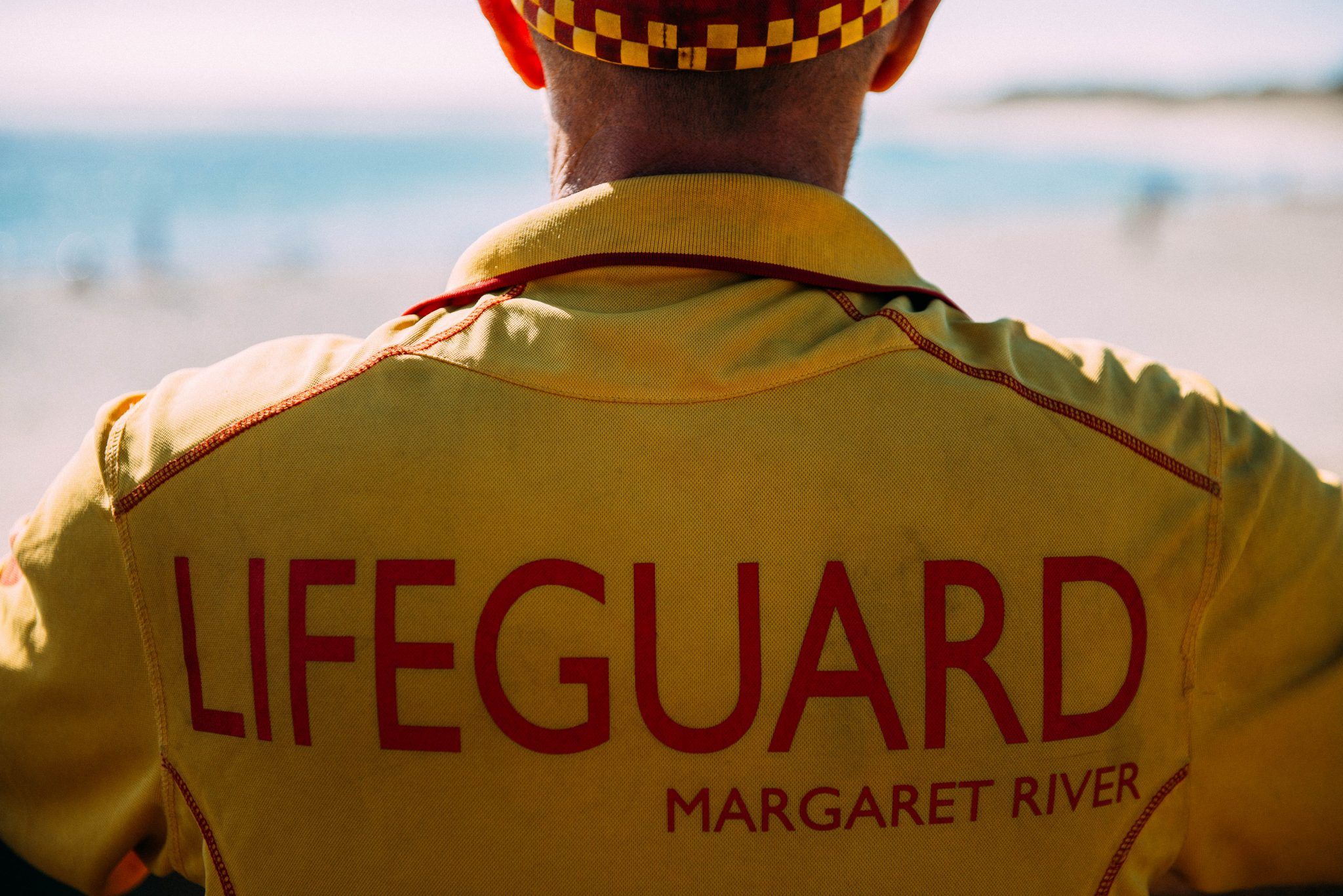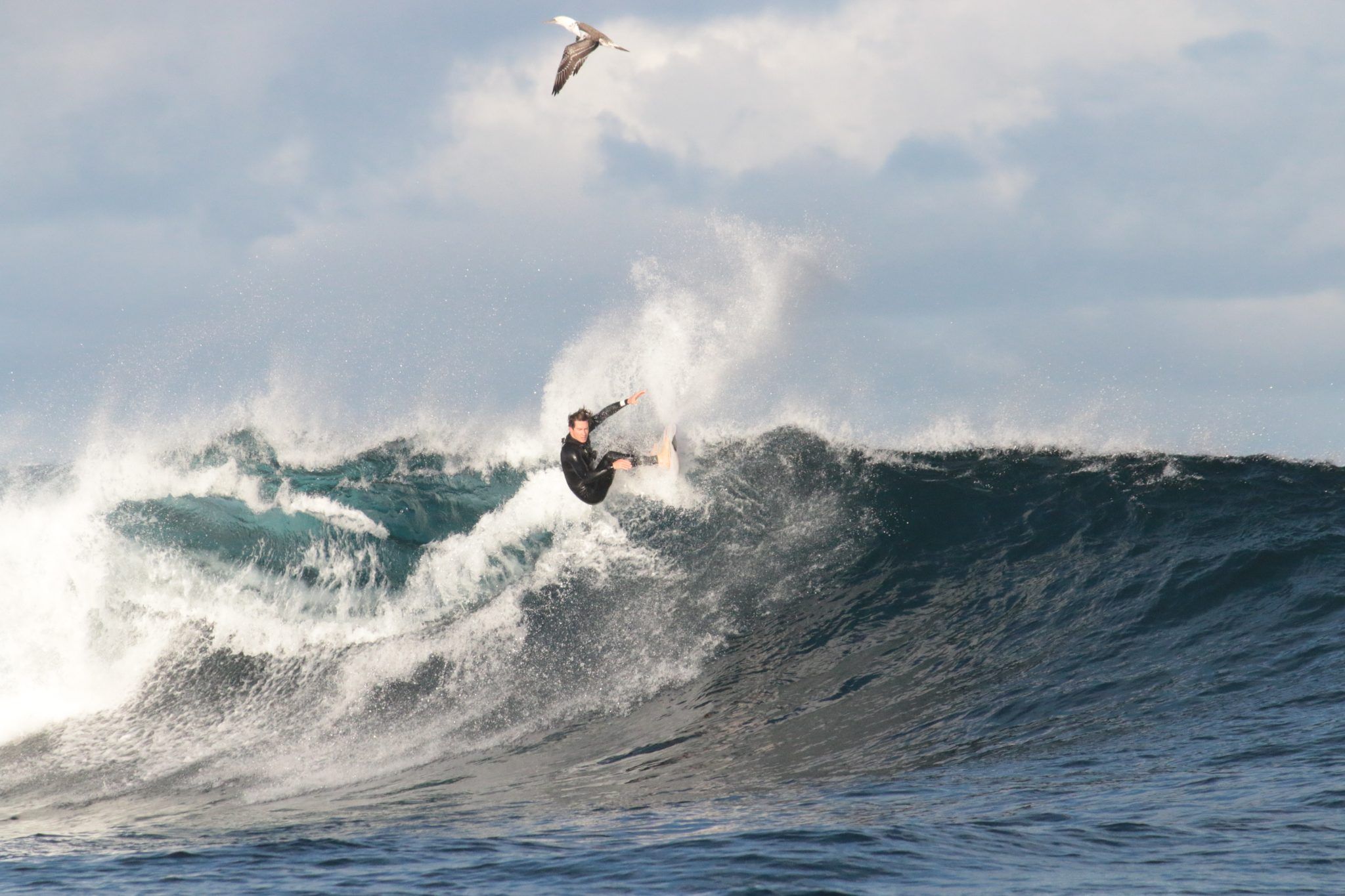Surf lifesavers are an iconic part of the Australian coastal landscape, and with summer about to be in full swing and the beaches full, their essential work is more important than ever.
The coastline is the Australian continent’s veranda. Literally and figuratively. Some 85 per cent of our total population live within one hour’s drive from the coast, so it’s no wonder the beach and the people who protect it are icons of Australian culture. These are our lifeguards.
The concept of lifeguarding is originally Australian. It officially began in 1907 when the government relaxed laws which prohibited daylight bathing on Australian beaches and a series of drownings at Sydney beaches followed. Consequently, volunteer groups of men were trained and patrolled the beaches as lifesavers. These men formed Australia’s first official lifeguard clubs.
Today lifeguarding has spread around the world. In Australia’s it’s been popularised through television shows like Bondi Rescue, and while professional lifeguards patrol many of Australia’s beaches, lifeguarding remains mostly voluntary in nature.
